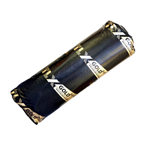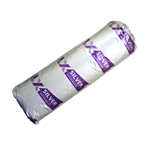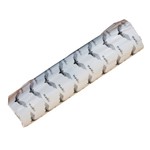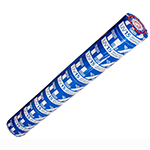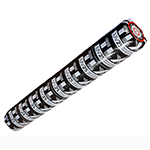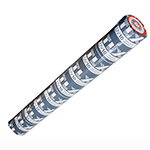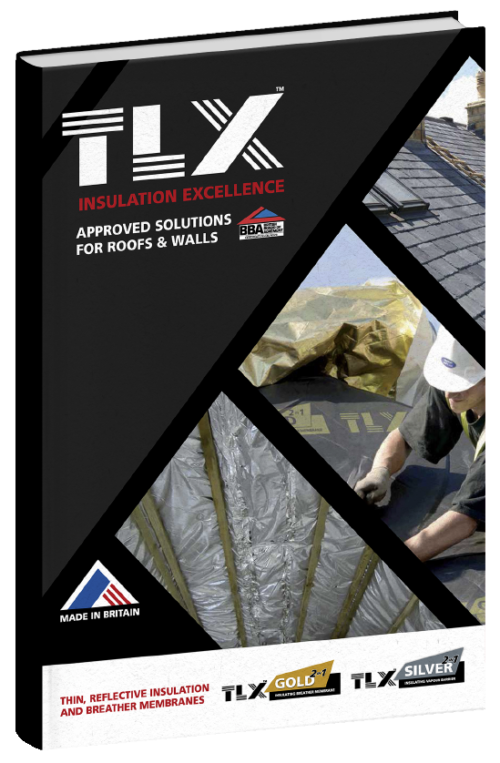The Batten depth debate
4 Minute read
-
Battens come in various sizes, but which is best when fitting multifoil insulation?
-
Battening and creating airgaps is important, but why?
-
What sort of solutions are available for exposed rafters?
TLX Silver multifoil insulation
Our 30mm thick insulating vapour barrier, TLX Silver has a wide variety of uses, ranging from under rafter roof 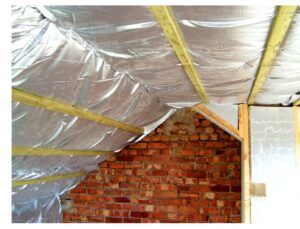 solutions, to timber frame and solid masonry wall insulation. But how to secure it in place to maximise the thermal performance of the material? Since it compresses to 3mm, we recommend fixing it in place with 38x38mm battens to provide space on either side for the product to expand, yet still allowing an air gap for heat reflection. Setting the battens crosswise limits thermal bridging, therefore we would advise to install them as such.
solutions, to timber frame and solid masonry wall insulation. But how to secure it in place to maximise the thermal performance of the material? Since it compresses to 3mm, we recommend fixing it in place with 38x38mm battens to provide space on either side for the product to expand, yet still allowing an air gap for heat reflection. Setting the battens crosswise limits thermal bridging, therefore we would advise to install them as such.
Are battens always required when fitting TLX Silver?
We recommend battening multifoil insulation to secure it to the underside of the rafters. Battens are equally important when securing multifoils to the front face of timber studs in walls. However, if used alongside mineral wool, TLX Silver can be fixed next to the wool to save on internal space. This is because mineral wool is fully breathable. Alternatively, if you use PIR, you may benefit from a greater thermal efficiency. However, PIR is non-breathable, therefore, you need an air gap in between PIR and TLX Silver. Use a 38x38mm batten to maximise the performance.
A welcome trade off? Some believe so given the greater R value of PIR, but the ease of installation when it comes to mineral wool is also worth consideration. So if you decide to use it, TLX Silver, when installed in accordance with our guidelines, will work alongside these products to prevent the risk of condensation and to deliver U values as low as 0.13w/m2k in a standard roof.
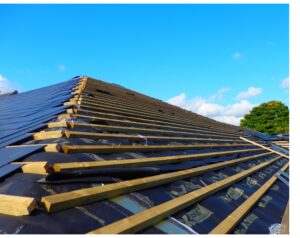 TLX Gold
TLX Gold
As for TLX Gold, our 2-in-1 insulating breathable membrane, the batten depth depends on the build-up of the roof. For instance, draping TLX Gold over the rafters, requires no change in roof height, nor a need for counter-battens; particularly useful for terraced and semi-detached properties. TLX Gold drapes into the rafter space by its thickness, plus the 10mm natural breathable membrane drape, plus the 10mm minimum unventilated air gap underneath to allow for heat reflection. Reserve the top 50mm of rafter space for TLX Gold to perform to its maximum efficiency. Then fit additional insulation in between the rafters.
However, if you can raise the roof, the use of counter-battens offers a distinct benefit, maximising internal head height. Secure TLX Gold over the rafter with 38mm deep counter-battens underneath tile battens. This ensures an adequate channel for air and water movement. In this scenario, two thirds of the thickness of TLX Gold will drape down into the rafter space, approximately 20mm, and one third will occupy the space created by the counter-batten above the rafter, meaning the top 30mm of rafter space is required for TLX Gold plus the unventilated air gap. This allows for additional space within the rafter to add insulation and improve the thermal performance.
How do I fit TLX Gold with exposed rafters?
When insulating a boarded roof, or where maintaining exposed rafters is paramount, a 50mm deep counter-batten acts as a mini-rafter, and TLX Gold to be draped over a counter-batten, providing adequate space underneath for heat to reflect from its shiny, fully breathable under surface.
Our Approved Solutions guide is an excellent tool to utilise when it comes to build-up recommendations and U value calculations. Our team of technical scientists are also on hand for bespoke calculations if required.
Sample Pack Request
Error: Contact form not found.

